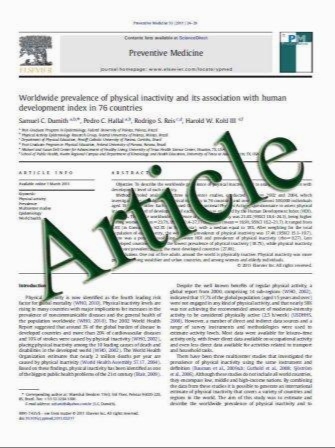A simple model for predicting incidence of chronic kidney disease in HIV-infected patients
- نوع فایل : کتاب
- زبان : انگلیسی
- مؤلف : Minoru Ando Naoki Yanagisawa Atsushi Ajisawa Ken Tsuchiya Kosaku Nitta
- چاپ و سال / کشور: 2011
Description
Background Human immunodeficiency virus (HIV)- infected individuals have concurrent risk factors for chronic kidney disease (CKD), but there are no prediction models to quantify the effect of multiple factors on the development of incident CKD. Methods A 1-year prognostic model was developed using prospective data between January 2008 and March 2009, from a derivation cohort of 623 patients with an estimated glomerular filtration rate (eGFR) exceeding 60 ml/min/ 1.73 m2 at baseline. Incident CKD was defined as both an eGFR falling below 60 ml/min/1.73 m2 and a decrease in eGFR of at least 25% during the period. Continuous variables were divided into categories using the mean value of the whole cohort. Multivariate logistic regression was used to determine baseline categories associated with incident CKD. The model was tested with prospective data between April 2009 and March 2010, from a validation cohort of 534 patients exceeding 60 ml/min/1.73 m2 at baseline, consisting of part of the derivation cohort and newly enrolled patients. The discriminative ability was evaluated using the area under the receiver operating characteristic (AROC) curve. Results Eighteen subjects developed incident CKD (2.9%). In a multivariate logistic regression analysis of the derivation cohort, 5 variables (age, CD4 cell count, diabetes, proteinuria, and eGFR at baseline) were independently associated with the incidence of CKD. The AROC curve was 0.841 (95% CI 0.799–0.894) in the validation cohort. Conclusion This prediction model may be a useful tool for identifying HIV-infected individuals with a high likelihood of new-onset CKD
Clin Exp Nephrol (2011) 15:242–247 Received: 29 July 2010 / Accepted: 5 December 2010 / Published online: 20 January 2011 Japanese Society of Nephrology 2011


